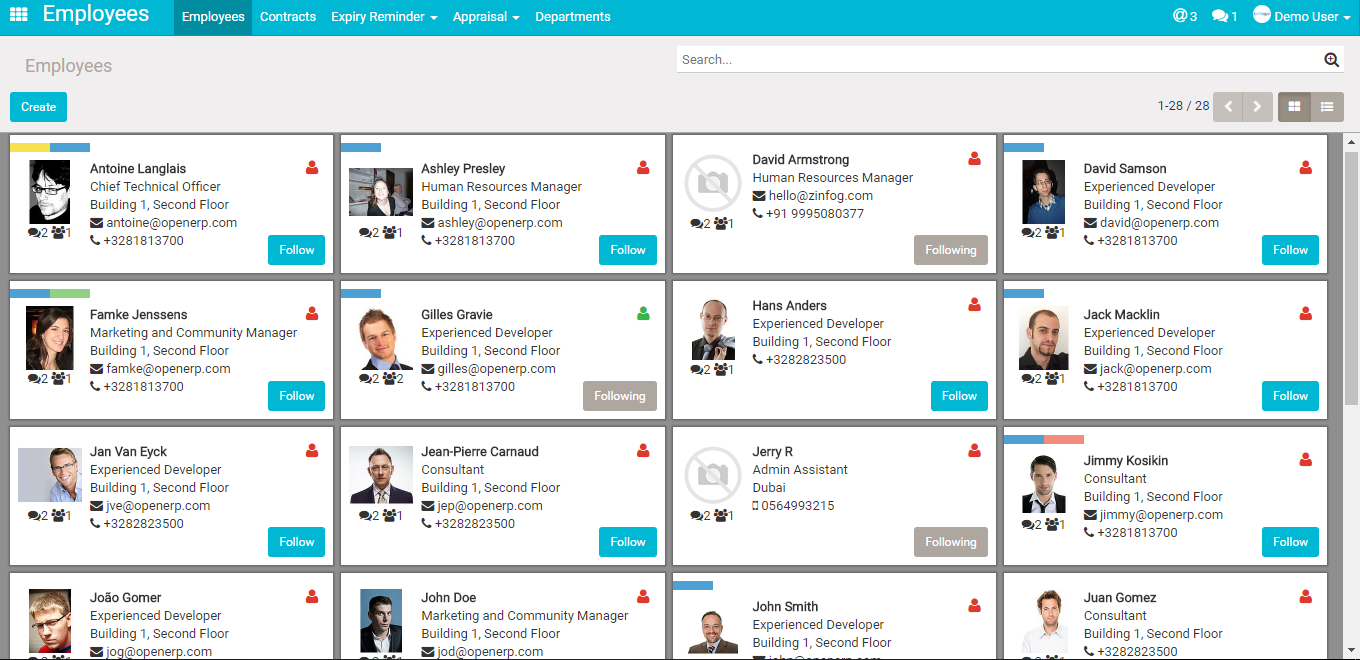 Human Resource Management (HRM)
Human Resource Management (HRM)
HRM is a function within an organisation concentrated on recruiting, managing and
directing people who work in it. Human Resource Management deals with issues related
to compensation, performance management, organisation development, safety, wellness,
benefits, employee motivation, training and others. HRM plays a strategic role in managing
people and the workplace culture and environment. If effective, it can contribute greatly
to the overall company direction and the accomplishment of its goals and objectives.
HRM is really employee management with an emphasis on those employees as assets of
the business. In this context, employees are sometimes referred to as human capital.
As with other business assets, the goal is to make effective use of employees,
reducing risk and maximizing return on investment (ROI).


